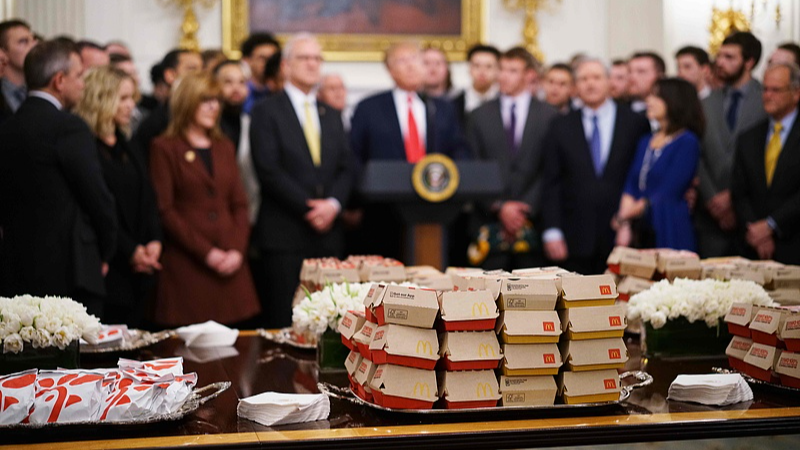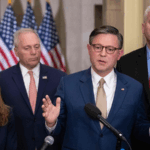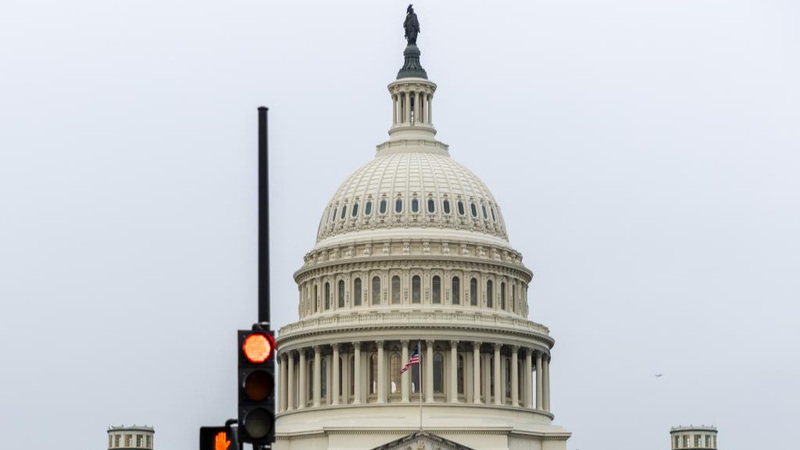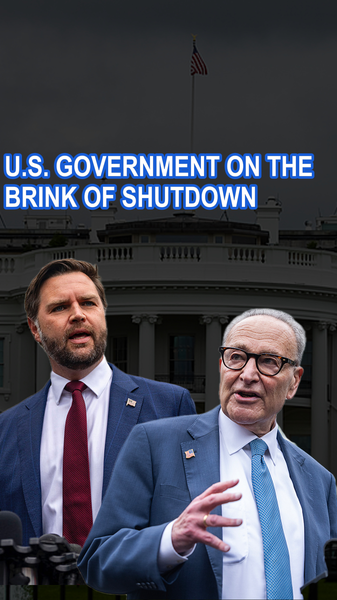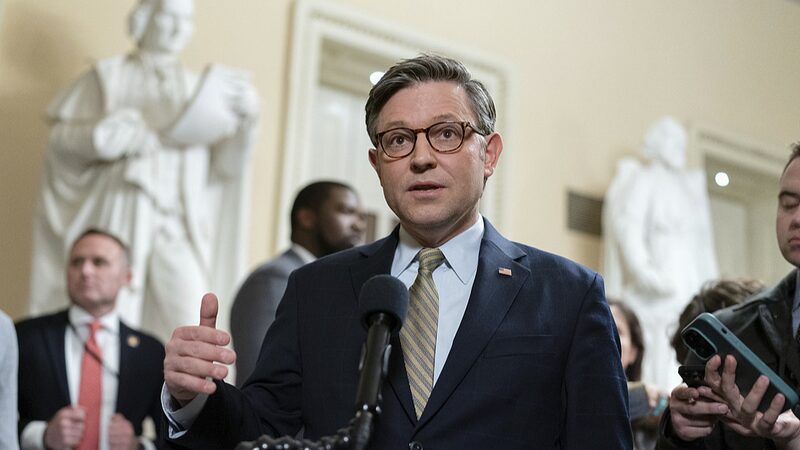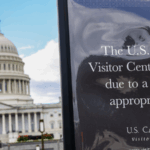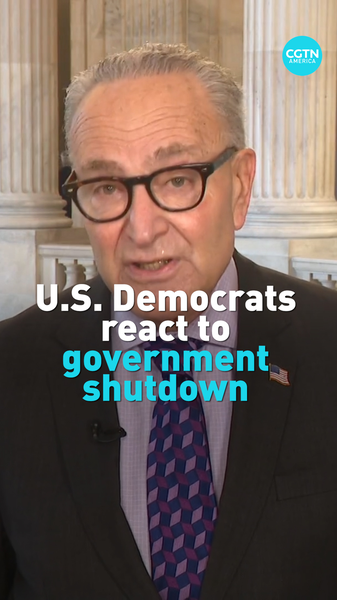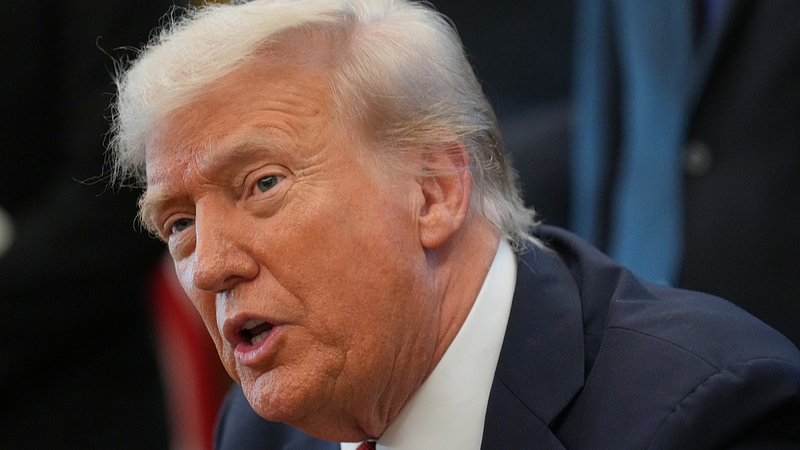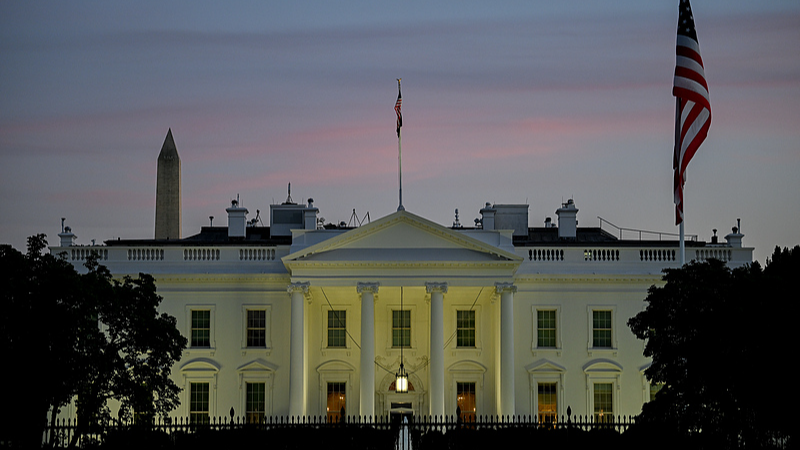As the U.S. federal government enters its third partial shutdown under Donald Trump's political legacy, questions arise about the effectiveness of confrontational negotiation tactics in modern governance. The current impasse – triggered by stalled bipartisan talks on federal funding – highlights recurring challenges in Washington's decision-making processes.
The Mechanics of a Shutdown
Unlike most parliamentary systems, the U.S. government can partially cease operations when Congress fails to approve spending bills. This week's shutdown marks another chapter in a decade-long pattern of budgetary standoffs, with Democrats and Republicans locked in a stalemate over healthcare subsidies and fiscal priorities.
A Pattern of Brinkmanship
Historical context reveals the volatility of such strategies: Trump's first-term shutdowns ranged from a 3-day pause to a record 35-day closure during the 2018-2019 border wall funding dispute. While supporters argue these tactics force political concessions, critics note growing economic costs and operational disruptions affecting federal workers, contractors, and service recipients.
Global Implications
For Asia-focused observers, the shutdown underscores:
- Market volatility risks for investors tracking U.S.-Asia trade relations
- Potential delays in international policy coordination
- Questions about long-term U.S. economic stability as a trade partner
As negotiations continue behind closed doors, the world watches whether political theater will yield substantive solutions or further erode institutional trust.
Reference(s):
The Art of the Deal: Where nobody wins and things shut down?
cgtn.com
